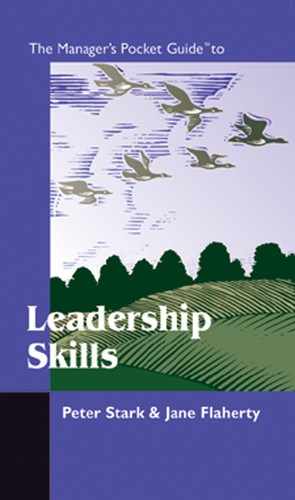Conducting the Interview
,When conducting the interview, an organized approach must be followed if you want to get all the information you need in the allotted time. The following organizational format will ensure that you get to the most critical questions.
1. Welcome/greeting. The purpose is to welcome the applicant and put him or her at ease. Welcome the applicant with a smile and a handshake. Introduce yourself. Offer coffee, water, or other refreshment and guide the applicant to the interview location. Once you are both seated and ready to begin the interview, start the conversation with “small talk” to get the applicant to talk, “break the ice,” and “open up.” This might include, “How was the traffic coming in this morning?” or any other noncontroversial area of general interest.
2. Interview structure preview. The purpose is to let the applicant know what to expect and reduce anxiety about the interview process.
The preview could go something like this: “Well, because we don’t have much time today, I’d like to get started on the interview. Let me tell you what I have planned. I’d like to start with your work experience and then talk about your education. After that, I’ll ask you to give me a self-assessment of your strengths and development needs. Then, I’ll take some time to answer your questions and to give you more information about the position and our company.”
3. Work experience. The purpose is to get specific information, examples, and illustrations of the applicant’s work experience, job skills, and knowledge.
Ask questions to get details about what type of work was done, how it was done, and what results were achieved. Ask follow-up and probing questions to get more details. For example, if the applicant says that one of his or her previous duties included training, a series of follow-up questions might include:
“How did you go about determining the content for the training?”
“Give me an example of one of the key training points and how you presented it.”
“What kind of results did you achieve with the training?”
“How did you measure your success?”
“What might you do differently if you had the chance to do it over again?”
4. Education. The purpose is to understand the applicant’s specific education and training and to see how their education relates to the necessary job requirements. You are asking the applicant to “tell the story” of his or her educational background.
5. Self-assessment. The purpose is to get the applicant’s perspective of his or her own strengths and development needs. Ask the applicant to give you his or her perspective of what he or she considers to be personal strengths and the areas needing improvement. In areas noted for improvement, ask the applicant what he or she is doing to grow in this area.
6. Present information and answer questions. The primary purpose of this segment is to “sell” the employee on the job. At this point, you will have a good idea if this seems to be the right person for the job. If this is a top candidate, discuss the advantages of the job and how it benefits the applicant. If you will not be seriously considering the applicant, you will not need to spend much time in this area. However, you do need to complete this section to ensure a fair interview and to promote good public relations.
7. Close the interview. Determine if the applicant is interested in the position by asking directly, “What is your level of interest in the position?” Explain the next steps. This could include who else you would like the applicant to interview with; when they will be notified about the next interview; or when the hiring decision will be made. End the interview on a positive note by thanking the applicant for taking the time to speak with you. Do not make an offer or a rejection statement at this time. You will need some time to analyze your interview notes and to think through the process.
